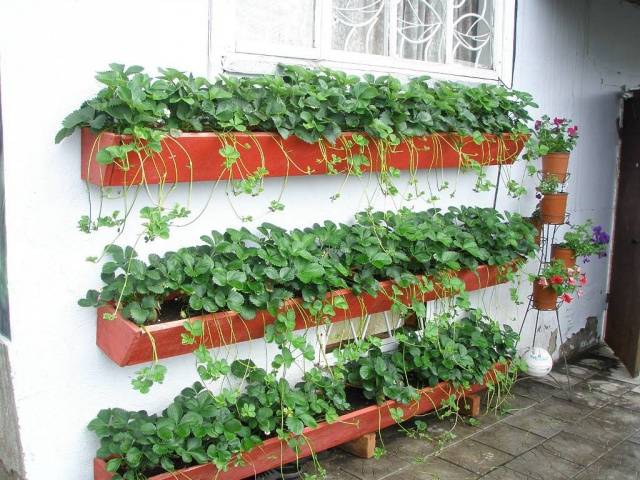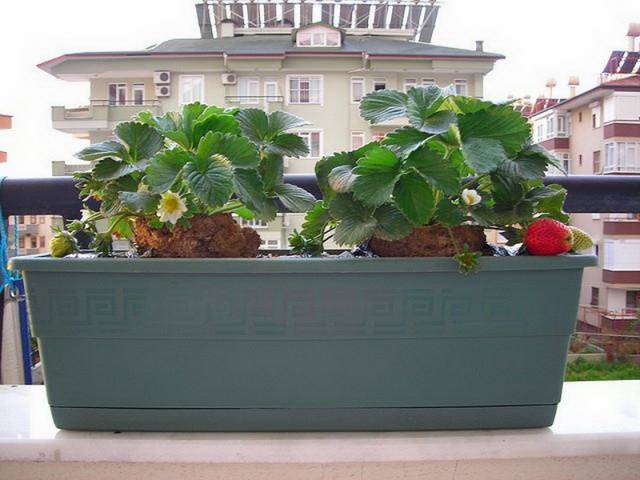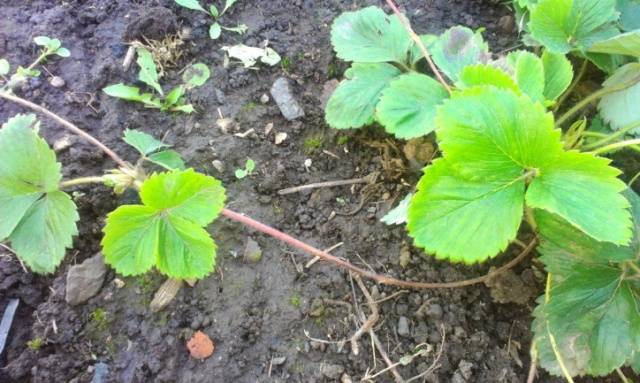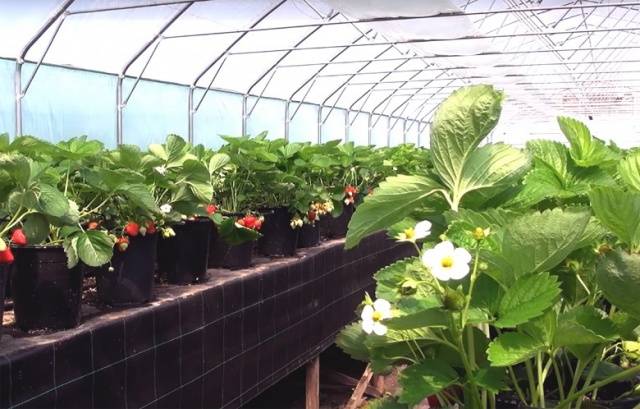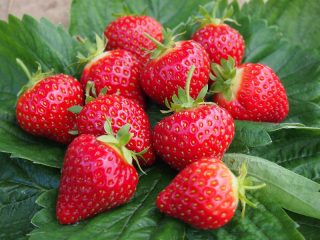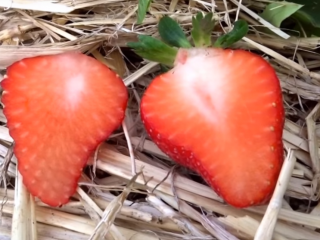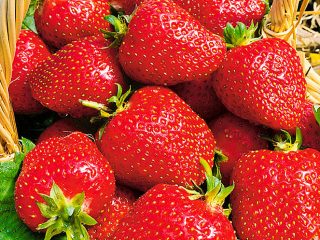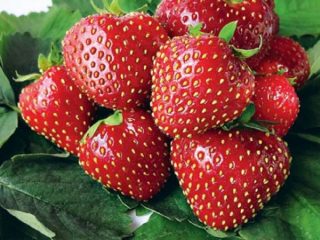Content
Strawberry Maestro is a medium-ripening remontant variety, bred in France recently, it is still little known to Russian gardeners. In 2017, its first representatives began to enter the markets of Russia and neighboring countries. Enthusiastic berry growers carefully purchase Maestro strawberry seedlings, and take them only for testing in small batches. This is understandable, because there is very little information about a new variety, therefore, before buying a lot, you need to learn about the properties of the berry: its yield, taste, growing conditions. Indeed, descriptions of the varietal qualities of this berry are not enough, but we have collected them bit by bit and bring them to your attention.
Characteristics of the variety
There are a lot of strawberry varieties, the choice is huge, many of them meet all the requirements for growing on the plots of our gardeners in areas with not very favorable climatic conditions. Breeders are constantly working to improve the quality of strawberries: they increase yields, resistance to diseases and pests, and improve the large fruit size and appearance of berries. What can make them happy with the new Maestro variety? Let's start from the very beginning, that is, with what varietal qualities it possesses.
Description
Strawberry Maestro - belongs to the variety pineapple strawberries, which does not exist in the form of wild plants, and the name "strawberry" is its everyday definition. We will not change the generally accepted name, as many gardeners call it, and we are writing just for them. The main botanical data of Maestro strawberries are as follows:
- strawberry roots - fibrous, superficial, lie at a depth of no more than 30 cm, the life cycle duration is 3-4 years, after the expiration of time it is necessary to remove them from the garden, replacing them with young seedlings;
- strawberry leaves Maestro - trifoliate (there are 3 leaves on one leaf plate), located on petioles up to 25 cm high, the color of the leaves is light green, turns dark green as it grows;
- strawberry shoots - creeping, each forms from 1 to 3 (or more) rosettes of leaves, which are able to take root on their own;
- flowers - are located on long peduncles growing from the root collar, white (sometimes yellowish or pink), bisexual, self-pollinating, good honey plants;
- strawberry fruit Maestro - complex nuts (seeds) grown into false berries, covered with a juicy red shell, large, weighing 40 g, up to 5-7 cm in length.
Gardeners call these periods "waves." The first "wave" is always distinguished by the large size of the berries, but their number is small.
Benefits
- Strawberry Maestro belongs to varieties of neutral daylight hours, which means that the growing season is not affected by the duration of daylight hours and a certain temperature, as in conventional varieties of short or long days. The plant forms fruit ovaries every 1-1.5 months, their vegetation occurs within 14-16 days, regardless of the above indicators.
- The strawberry yield of Maestro does not upset gardeners: from one bush per season they collect up to 2-2.5 kg of berries, during the first "wave" - up to 0.5 kg. For the entire period of fruiting, there are 3 to 4 times "waves", with a gradual decrease in the size of the berries and their number.
- In the southern regions of the country, Maestro strawberries bear fruit from April to December, in regions with a temperate climate - from May to October.
- Maestro's strawberries can be grown outdoors, in greenhouses and even on balconies, this is facilitated by the plant's ability to self-pollinate, regardless of pollinating insects.
- The taste of strawberries is pleasant, sweet, the aroma is indescribable (it is impossible to describe, you must definitely try it yourself).
It is too early to judge the other properties of Maestro's strawberries, there are very, very few reviews of gardeners who already have experience growing berries of this variety on their plots. We hope that they will respond and leave comments and opinions on our page.
disadvantages
- With insufficient illumination of the beds or a long absence of watering, Maestro's strawberries almost do not form whisker shoots, which can lead to a lack of new seedlings for reproduction.
- The engraftment of new seedlings takes a long time, so it is better to buy and plant bushes with a closed root system or with a lump of uterine substrate.
- Maestro's strawberries have a rather short lifespan of the roots; after 3 years, the beds must be completely renewed.
Features of the
Maestro's strawberry bushes are low, squat, compact roots, do not grow to the sides, they have enough space even in small pots, so they can be grown on the balcony as an annual plant. In such plantings, the main thing is not to get a high yield of berries, but the beauty and uniqueness of the design solution for decorating the loggia.
Planting and leaving
Maestro's strawberries are propagated by a mustache, or rather, by rooted rosettes of leaves formed on the shoots. You can prepare such outlets yourself throughout the season. We will dwell in more detail on how to do this correctly. When the first rosettes appear, even without roots, the antennae must be fixed close to the ground, pressing them on both sides with pins. After engraftment and the formation of roots, the mustache is cut off from the mother bush, they are already able to extract nutrients from the ground themselves (see photo).
By the time of transplantation (early August), they will get stronger, grow many roots and will be ready to plant in a new place. Rooted rosettes, that is, ready-made strawberry seedlings, are carefully dug out of the soil and transferred to the prepared beds.
Maestro begins to prepare new beds for strawberries in early spring. The selected area is dug up and sown with green manure plants, which enrich the soil with the necessary microelements, improve its structure and prevent development. weeds... These are crops such as: buckwheat, rapeseed, vetch or oats. During the summer, the grass is mowed several times, leaving it on the site. Before planting strawberry seedlings, they dug the garden bed, embedding the remains of green manure in the ground, they will serve as a good nitrogen fertilizer.
Planting strawberry seedlings in open ground:
- strawberry seedlings are planted at the end of April, when the soil surface is rather dry;
- in length, open beds are made at their discretion, there should be from 2 to 4 rows on the bed, the optimal distance between the ridges is 90 cm, between the seedlings in a row - 30-40 cm;
- pits for planting strawberries are made in a checkerboard pattern so that the plants do not shade each other;
- fertilize each hole in the proportions specified in the Instructions, and if you planted green manure, then there is no need to add nitrogen fertilizing;
- the holes are watered, the seedlings are held vertically, capturing all the leaves and mustache trimmings, sprinkled with earth, slightly compacted;
- mulch the soil with peat, put straw or dry reeds on top.
There is not much room in greenhouses to plant strawberry seedlings, but in areas where the climate is harsh, this is necessary, because people there also love strawberries.
Planting strawberries in the greenhouse:
- strawberry seedlings can be planted in greenhouses in early April;
- each gardener can choose the size and shape of the plantings at his discretion: an ordinary two-row bed, pots, boxes or vertical planting in bags and pipes;
- soil - ordinary garden soil;
- fertilizers - special for berry crops.
In heated greenhouses, it is possible to organize year-round fruiting of strawberries by planting batches of seedlings at different times.
Repairing strawberry varieties are quite demanding to care for, and Maestro responds well if all the necessary conditions are met:
- neutral or slightly acidic soil with a loose structure;
- regular watering if there is not enough rain;
- potash and phosphorus fertilizing at least 1 time in 2-3 weeks;
- nitrogen fertilization in early spring or autumn;
- weed removal, loosening of dry soil, pest control and disease prevention.
Testimonials
Conclusion
There are a great variety of strawberry varieties, it is impossible to try each of them, but if you decide to grow something new, why not choose the Maestro variety. Try it, and share your reviews and comments with us and our dear readers. We will be looking forward to them.

